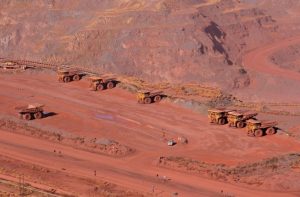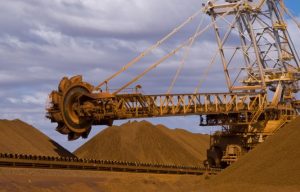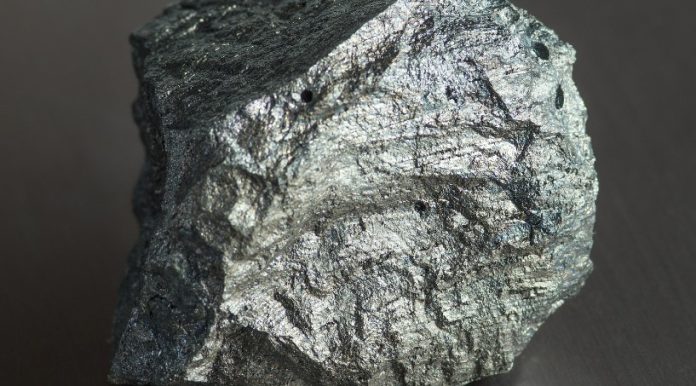Table of Contents
The iron ore market is a vast and complex market, with a large number of players. The most important players in the market are the big mining companies, which control the majority of the world’s iron ore reserves.
These companies are able to exert a great deal of control over the global financial market and can influence prices.
What are the Key Drivers of Iron Ore?
There are a number of key drivers of iron ore futures and their prices. These include:
Economic Activity in China
China is the largest consumer of iron ore, and as such, changes in Chinese economic activity can have a significant impact on iron ore prices.
Steel Production
The iron ore market is influenced by steel production. When steel production is high, demand for iron ore is also high, as steel mills need iron ore to produce steel.

The reverse is also true – when steel production is low, demand for iron ore falls as well. This means that the iron ore market is very closely linked to the steel market.
Prices in the Iron Ore Market
Iron ore prices are also affected by global economic conditions. When the global economy is doing well, demand for iron ore is usually high, as steel production increases to meet rising demand from industries such as construction and manufacturing companies.
However, when the global economy is struggling, demand for iron ore falls as steel production is cut back.
If there is an increase in global iron ore supply chain (perhaps due to new mines coming online), then prices may fall as there is more competition in the market.
Global Demand for Iron Ore
If global demand for iron ore is high, then prices will tend to be higher, as buyers are willing to pay more for the commodity.

Why are Iron Ore Prices so High?
There are a few reasons for the high price of iron ore.
- The first is that demand for the metal is strong, particularly from China, which is the world’s largest consumer of iron ore.
- Another reason is that the supply of iron ore is relatively limited, which has led to a shortage of the metal. This has caused prices to increase.
- Lastly, the cost of transportation can also influence the price of iron ore, as it can be expensive to ship the metal long distances.
What are the Key Iron Ore Exchanges?
There are a few key iron ore exchanges around the world. The most notable ones are the Shanghai Futures Exchange, the Singapore Exchange, and the Dalian Commodity Exchange.

These exchanges offer futures contracts for iron ore, which are basically agreements to buy or sell a certain amount of the commodity at a future date.
Prices on these exchanges are determined by supply and demand, and can be affected by factors such as production cuts or increased demand from China.
Iron Ore Prices and Their Trends
Iron ore prices have been on the rise in recent years, reaching a peak in early 2011. However, prices have since fallen back to more moderate levels.
Despite this, iron ore remains an important commodity, with demand remaining strong from countries such as China and India.
There are a number of factors that can impact iron ore prices, including global economic conditions, supply and demand, and geopolitical factors.
For example, if there is a slowdown in the global economy, this can lead to lower demand for iron ore, and consequently, lower prices. Alternatively, if there is an increase in demand, prices may rise.
Geopolitical factors can also impact prices. For instance, if there is instability in a major producing country, this can lead to higher prices as traders anticipate potential supply disruptions.
Looking ahead, it is difficult to predict where prices will go. However, given the strong demand from China and India, it is likely that prices will remain at elevated levels.
Tips for Investors

- Do your research: Iron ore is a notoriously volatile commodity, so it is important to do your homework and understand the factors that can affect its price.
- Watch the Chinese market: China is the world’s largest consumer of iron ore, so any changes in their demand can have a big impact on prices.
- Monitor the weather: Bad weather can disrupt iron ore production and transportation, so keeping an eye on global weather patterns can give you a heads up on potential price movements.
- Keep an eye on the US dollar: The iron ore market is dollar-denominated, so a strong US currency can make the commodity more expensive for buyers using other currencies.
- Use stop-loss orders: Because of iron ore’s volatility, investors should consider using stop-loss orders to limit their downside risk.
Iron ore prices are consistently high in the global market, and the iron ore market is one of the largest and most profitable markets in the world. The inputs gathered from this article should help you make informed decisions as an investor in the iron ore market.


